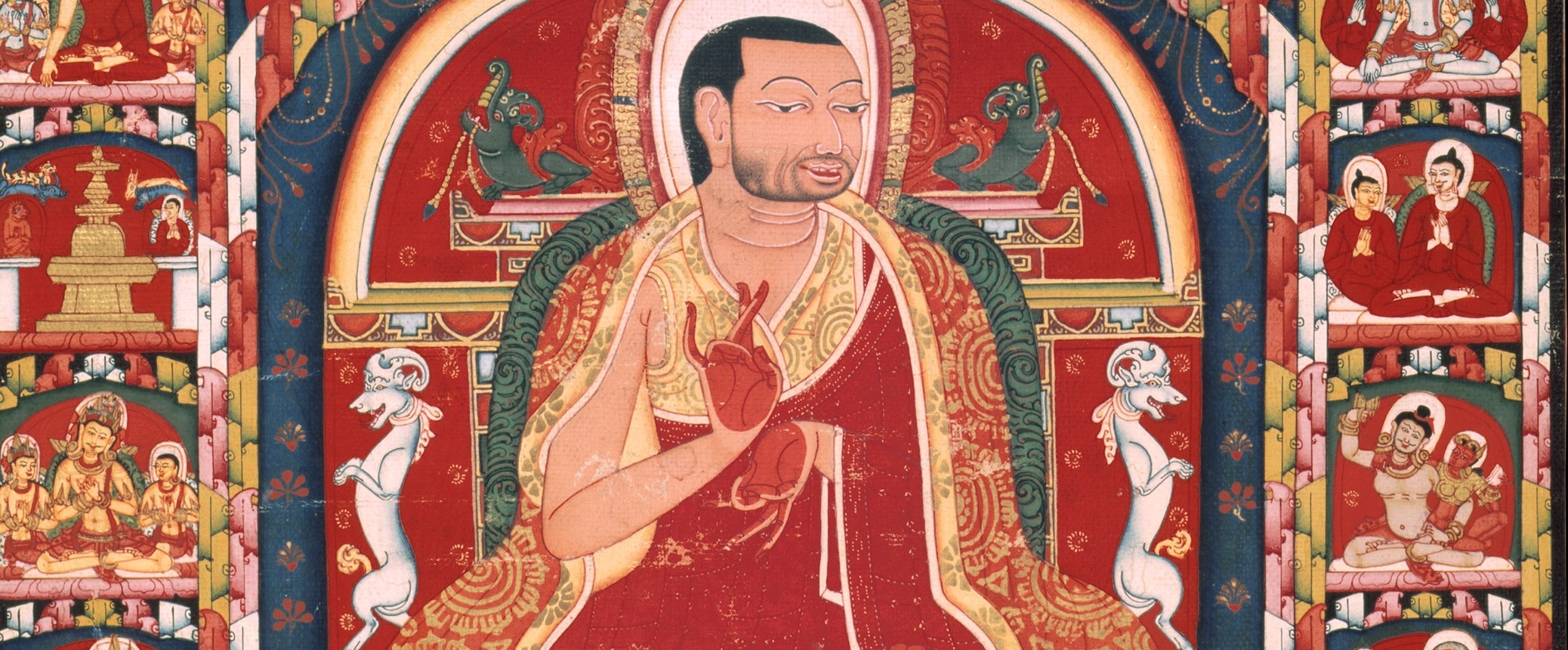
In early Tibetan painted portraits, founding masters of important Buddhist schools were often represented as holy personages. Using artistic conventions developed in India, Tibetan artists expressed the Buddhist ideals embodied in a particular person, exalting their human subjects to the level of buddhas.
Mirror of the Buddha will present exquisite examples of these portraits, painted primarily in the eastern India-inspired Sharri style. Though the Sharri tradition spread from India to many parts of Asia, the style’s classic Indian forms, delicate colors, and intricate decorative details were emulated most faithfully by Tibetans and enjoyed particular popularity in Tibet from the 12th to 14th century.
Marking the third in a series of exhibitions that explores important Tibetan painting styles, Mirror of the Buddha will clarify some of the confusion and correct misidentifications previously posited by Western scholars. It will also analyze inscriptions and lineages, which are often overlooked yet of critical importance, as tools for dating these works of art.
Mirror of the Buddha will be complemented by a full-color catalog rich with new scholarship, by curator David Jackson.
Curated by David Jackson and Christian Luczanits
Plan your visit
Send Your Comments
Comments are moderated, and will not appear on this site until the Rubin has approved them.

